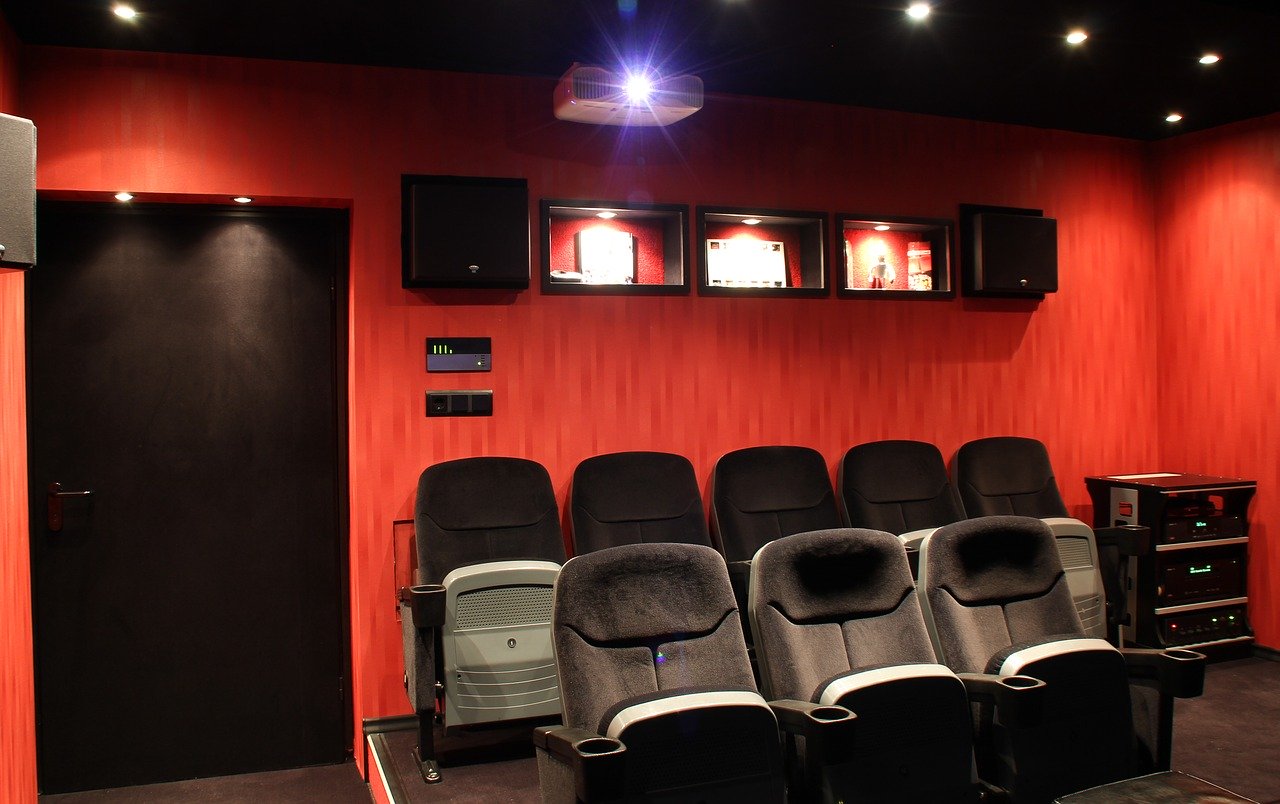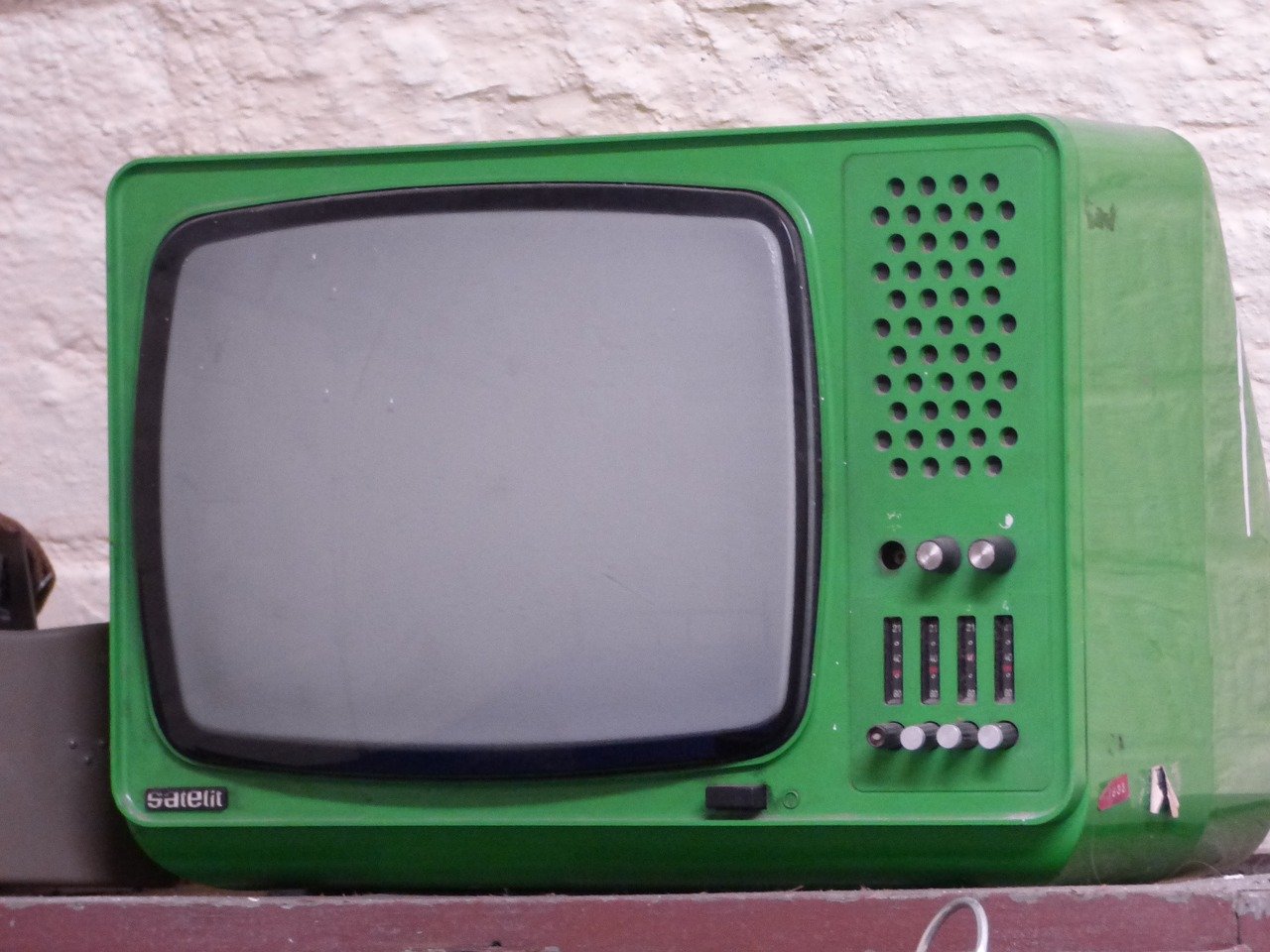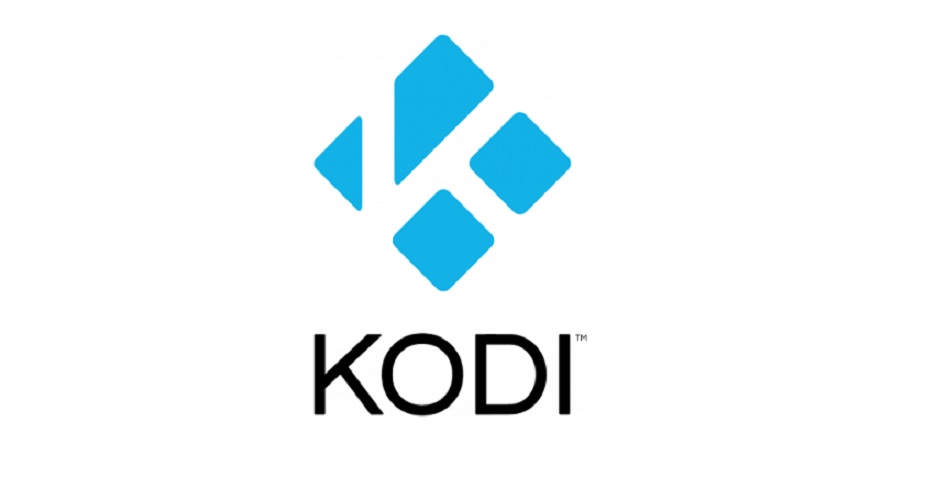Before the days of the streaming box people were modding their Xbox 360s and building computers to attach them to TV’s in order to play their own movies from built-in or network supported hard drives. In some cases, they were set up to run emulators. The computers became known as Home Theater PC’s or HTPCs. The XBOX’s modded systems laid the groundwork for XBMC “The XBOX Media Center” and later Kodi. HTPCs rose in popularity with the techies and hobbyists, and operating systems started being developed so that users could access burned and saved digital media or even set up DVRs and TV Tuners to use their computers like cable boxes.
Programs like XBMC, Plex and Windows Media Center exploded in popularity within the HTPC community leading to the development of a number of innovations in web-based content that could be credited towards inspiring the set-top TV boxes and even smart TV operating systems we see today. Long before video game systems began to support streaming apps and services, HTPCs supported both. But with the prevalence of things like Roku, Fire TV, Apple TV and Android TV along with Smart TV’s from Samsung and LG with their own app stores the question today is, could it still be worth it to build an HTPC?
In short, yes.
Why would someone want an HTPC? Now that there are so many mini computers dedicated to streaming and running media center software, it might seem more trouble than it’s worth. After all, a Roku device is nothing less than a simple Linux based HTPC built in the form factor of a little box or stick. If what you want to do is watch online media and access your own can’t you do so with any number of inexpensive devices and a Plex app? Yes, sure you can. But there is so much more you can do with a modern HTPC that you cannot do on a Roku.
For the average Joe who just wants to get Netflix and other basic streaming services, there are thousands to choose from on any number of simple to set up and inexpensive devices. In fact, if you have no interest in getting more involved with a project that plugging in an HDMI cord then going any further could be an invitation to frustration. But if you are a more of a do it yourself personality with some computer know-how you will really embrace the idea of the HTPC.
Benefits of an HTPC?
Storage
First of all, if you build your own system it can be set up with the storage that you feel is needed for your system. Current streaming devices are limited due to their size and need to keep temperatures down when in use. But an HTPC can have as much storage as you could want. It can be built with multiple hard drives. This is helpful for storing media and games for those who want to own their media. HTPC’s can also allows or pull data from a network attached storage device known a NAZ. This give the user a way to save digital media for themselves so that they do not need to worry about whether a movie or show they want to see gets pulled from a service.
Access To Anything Cloud Based
There will be next to nothing, no media file, no program or service not accessible on a full powered computer. You can have multiple screen savers, music formats and much more.
Browsers
Amazon has 3 browsers available in its apps store. Firefox and Silk are very nice TV stye viewers with no downloading ability and a program called “The Downloader” (which acts as both a browser and Installer).
Android TV devices have access to the Puffin TV browser which gives users access to browse and bookmark websites but the modern incarnation of the browser does not download files.
Roku and Apple TV do not have web browsers available at all. Neither do other smart TV operating systems. And while it may seem that you could hardly be missing out on content by being “limited” to thousands and thousands of apps on a closed streaming platform see how you feel when that one blasted app that you were looking to try is not available. Roku and Fire TV users found out the HBO Max was not going to be available the hard way when they went to set up and found it absent their app stores. On the other hand anybody with a computer could jump in and start streaming right away.
Multiple operating Systems/platforms
A PC can run Windows, Mac OS, Linux and Unix. Some of those may sound like nonsense words to the uninitiated and that’s ok. But different operating systems have their own plusses and minuses. Even more, Computer can also be set up to run Android Emulators. This means that users can have one device with multiple operating systems right at their fingertips. If you don’t understand why that is helpful think of the problems that people are facing now that certain apps are not available on given systems. This will continue. If people have a computer hooked to their TV they will have no problem at all watching Peacock or HBO Max.
Media Center Software
Media center software can make a PC feel like a streaming box. Though it has gone out of style in the past few years, Kodi is still a great way to set up a PC as an entertainment center. So is Plex. There are so many plugins and skins for Kodi that can allow a user to set up their own environment and navigate it with a USB powered remote. Plex is working on more and more ways to deliver TV shows and movies, live TV and apps through its system. Recently it developed a way to deliver internet based TV Chanels and has long supported live TV through tuners and even cable cards. As its partner channels expands past Crackle it could really start to be something.
PlayOn
PlayOn is a media server software for PC’s that allows users to access streaming services through its own interface. Essentially it uses Microsoft Edge and builds a simple interface on top of it. The system will allow you to record content from streaming sources and then access them later. It can even be integrated with Plex. The system has apps for multiple streaming boxes. Its biggest drawback is that you cannot get the highest video playback on it. But it is an affordable way to build a library of content with a one time cost.
Multiple Inputs And Ports
How many HDMI inputs would you like? Most media streamer have one output. There are a few Android based ones with an HDMI in. But an HTPC can be designed with anything in mind. Build one system that integrates your video game systems, and everything else that can hook into an HDMI system. What kinds of audio inputs would work best at your home? An HTPC gives you all the flexibility in the world to build what you want.
True Video Game Support
You will certainly have to spend more money to put together a top of the line system to handle both media and gaming. But once it is put together it will be a long time until you have to upgrade. Plus with emulators for numerous game consoles there are unlimited opportunities.
Drawbacks to building an HTPC
It’s on you
One drawback to building a media center is that it is very much a DIY project. While you can find systems built to work as HTPC’s what you put on it is up to you. You will need to have a sense of adventure and be willing to learn as you go. This is why set-top boxes took off. They were self contained and simple.
BYO Controller
A computer is not going to ship with a ready made remote that will do everything you may need to operate a computer and TV system. There are a number of devices out there like Air Mouses that can allow one to point and click when needed and use directional buttons when possible. It is an adjustment but it also allows for a lot of versatility. Are you someone who would just as well prefer a full keyboard? Get one. Just make sure you build it in with all of the USB ports you will need.
Few TV Based Apps
If you buy an Apple TV then apps on the system will be made for a TV. If you get a PC then the apps will be built with a mouse and keyboard in mind. Though this can be worked around somewhat with Android emulators and launchers. But most windows and Mac apps are not easy to bounce around via arrows. See the BYO Controller section if you missed it.
Viruses
If you have an HTPC you will have to watch out for computer viruses and maybe set up a firewall. This is not needed with most TV based operating systems.





